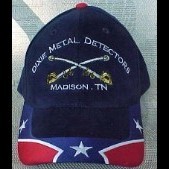Selectable Frequency And Multiple Frequency
-
Similar Content
-
- 35 replies
- 2,153 views
-
- 25 replies
- 1,310 views
-
- 6 replies
- 485 views
-
- 42 replies
- 5,586 views
-
- 7 replies
- 13,930 views
-
- 21 replies
- 49,283 views
-
-







.thumb.jpg.8761b3d9b3da119b9e6d1912f67275ad.jpg)

Recommended Posts
Create an account or sign in to comment
You need to be a member in order to leave a comment
Create an account
Sign up for a new account in our community. It's easy!
Register a new accountSign in
Already have an account? Sign in here.
Sign In Now